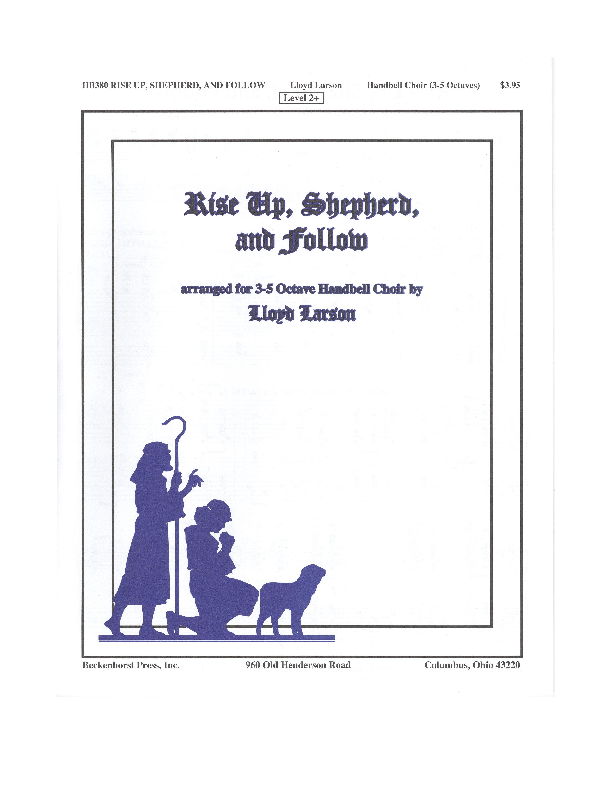

3), in an article “The folk songs of America” (pp. 70–71, except in this printing, the end of each verse was extended as follows:Īnother version of the spiritual appeared in The Young Woman’s Journal, vol. Stuart’s version of the spiritual appeared once more in her collection Plantation Songs and Other Verse (NY: D. Having lived primarily in Maine, California, and New York, her exposure to plantation music was likely very limited, probably informed by touring groups from the south.

2), the text was drawn from Stuart’s 1893 book and credited to her, and the music was credited to Wiggin, but labeled “To be sung after the fashion of a plantation melody.” The music behind the verses bares some resemblance to the versions of the spiritual published later, but otherwise her composition is too harmonically and structurally complex to be an accurate imitation of a plantation melody. The song and the collection as a whole were dedicated to the Wellesley Glee Club. Wiggin’s setting was dated 1893 and published in a small collection, Nine Love Songs and a Carol (NY: Houghton Mifflin & Co., 1896). Stuart’s version of the song was set to music by Kate Douglas Wiggin (1856–1923), who is known mostly as a writer and as an advocate for kindergarten education programs in the United States. Stuart’s story was repeated in her book A Golden Wedding and Other Tales (NY: Harper & Brothers, 1893).
#Rise up shepherd and follow mac
White writers have been known to compose new spirituals in the style of old slave songs, “Sweet little Jesus boy” being one prominent example (written by Robert Mac Gimsey in 1934). She seems to have transcribed a real plantation song rather than creating one for the story, although it’s impossible to say to what degree of accuracy Stuart recorded the song, if it isn’t entirely original. Stuart was born in Louisiana and lived there many years before eventually moving to New York City in the 1890s.


 0 kommentar(er)
0 kommentar(er)
